Among the many varieties of resistance, the 5 ohm resistor stands out for its specific applications and versatility. Resistors are one of the most basic components in electronics, use for controlling the flow of electric current. Whether you're working with low-power circuits or handling high-power applications, a 5-ohms is a key tool. In this blog post, we’ll explore the 5 ohms resistors in depth: its types, colour codes, power ratings, applications, and answers to some frequently asked questions.
4. Power Rating and Application
5. 5 Ohm Resistors in Series and Parallel Circuits
6. Applications of a 5 Ohms Resistor
8. Frequently Asked Questions About Resistor 5 Ohm
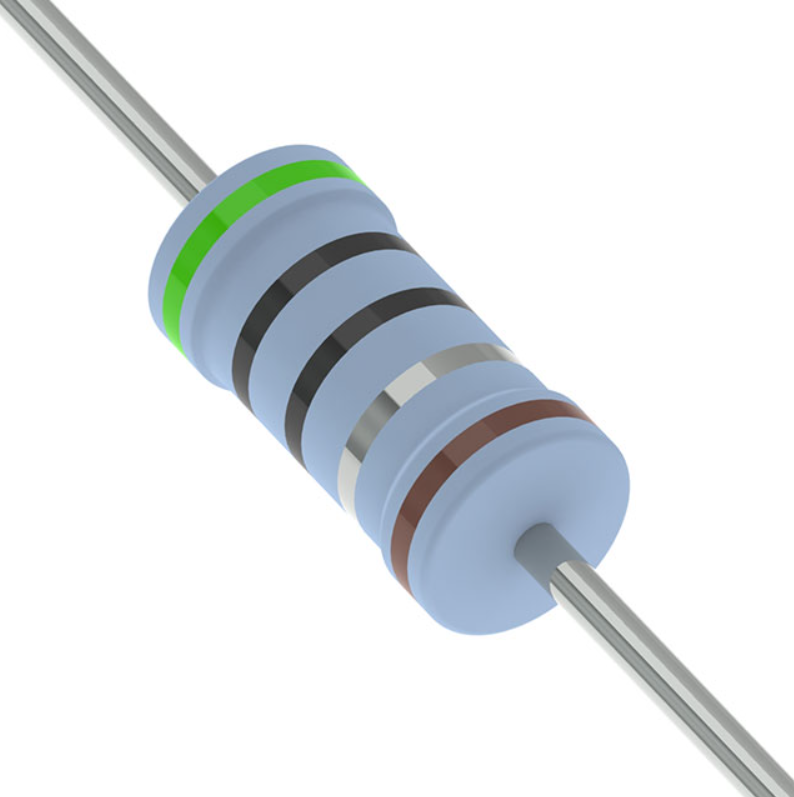
What is a 5 Ohm Resistor?
An electronic component that resists the flow of electric current, providing a resistance of exactly 5 ohms. The term “ohm” refers to the unit of resistance, which quantifies how much a material opposes the flow of electrical current. Resistors like the 5 ohm variety are useful for controlling current in circuits, ensuring that components receive the right voltage and current levels.
The 5-ohm use in a wide range of applications, from low-power circuits to high-power systems. It can find in devices such as audio amplifiers, motor controls, power supplies, and even LED circuits. In an audio amplifier, for example, it helps limit the current to the speaker, protecting both the speaker and the amplifier.
Resistors are passive components, meaning they don't generate energy but instead convert electrical-energy into heat, dissipating it. The 5 Ω comes in several forms, including carbon film, metal film, wire-wound, and surface-mounted types (SMD), each offering different advantages like precision or high power handling. A 5-ohm resistor’s main role is to regulate and limit the flow of current in a circuit, ensuring safety and functionality.
Types of 5 Ohm Resistors
Several types of 5-ohms available, each design for specific uses. Let’s explore the most common types:
5 Ohm Fuse Resistor
A combination of a resistor and a fuse. Use primarily for protection circuits, where the resistor limits the current, and if the current exceeds a certain level, the fuse element will blow, preventing damage to the circuit.
5 Ohm Power Resistor
Design to handle higher wattages. Can dissipate more heat and typically use in circuits that require high power handling, such as in audio amplifiers, power supplies, and motor controls.
5 Ohm Chip Resistor (SMD)
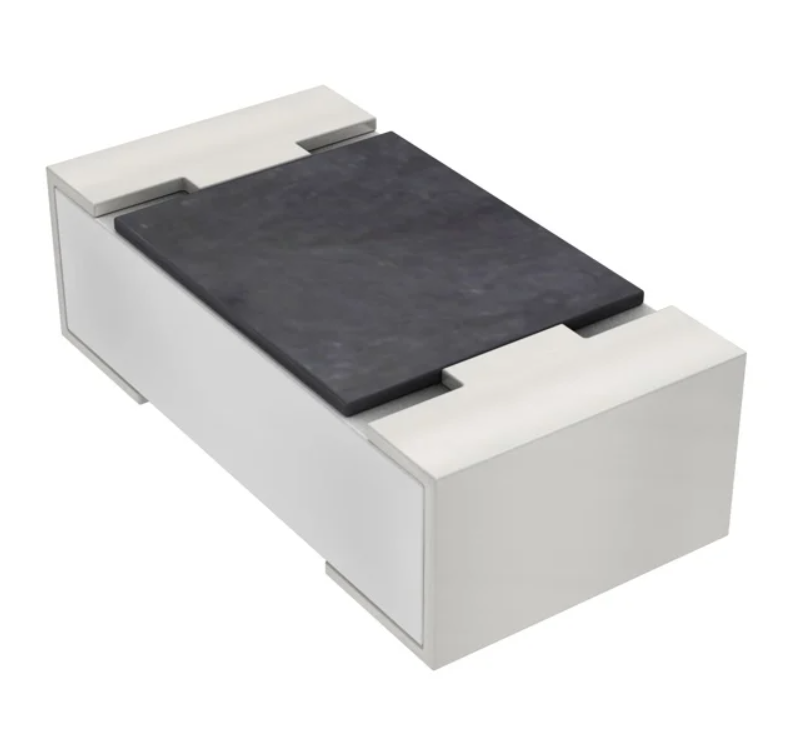
Chip resistors, or Surface-Mounted Device (SMD), use in modern electronics where space is at a premium. 5R chip resistors is a compact version that can directly solder onto a circuit board.
Wire-Wound
Make by winding a wire, typically made of a material like nichrome, around a core. This type offers high precision and is suitable for high-power applications.
Metal Film
Use a thin metal film deposited onto a ceramic substrate. It offers better tolerance and stability compared to carbon-based resistors, making it ideal for precision applications.
Carbon Film
Make by placing a thin layer of carbon on a ceramic rod. These are less expensive and offer good performance in low-power applications.
Carbon Composition
Make from a mixture of carbon and a binder material. Though older and less precise than other types, they still use in some applications as their ability to handle high-energy pulses.
Ceramic (Cement)
Design to handle high temperatures and power ratings. They often find in high-power applications where durability and heat resistance are necessary.
5 Ohm Resistor Color Code
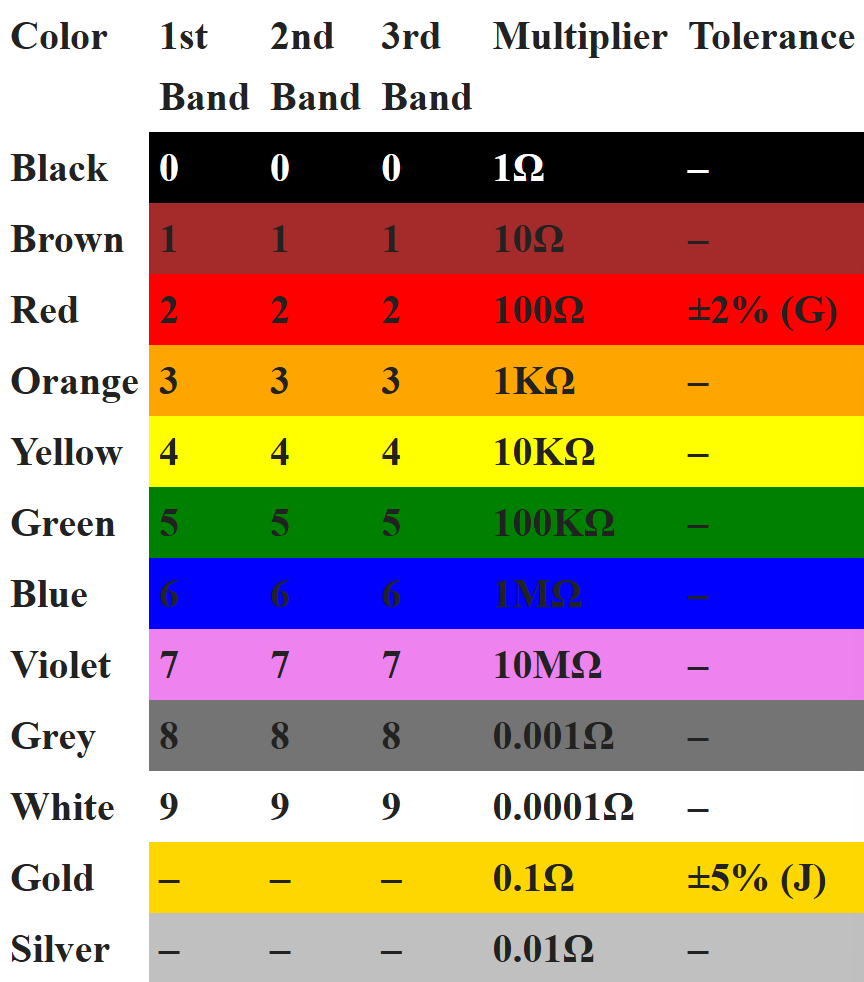
The colour coding is a system use to indicate the resistance value and tolerance of a resistor. The 5 Ω 4 band colors are typically represented by the following:
Band | Color | Meaning |
1st-Band | Green(5) | First-digit |
2nd-Band | Black(0) | Second-digit |
3rd-Band | Gold(x0.1) | Multiplier |
4th-Band | Gold(±5%) | Tolerance |
This color code corresponds to the following information:
First-Band (Green): Represents the first-digit of the resistance value, 5.
Second-Band (Black): Represents the second-digit of the resistance value, 0.
Third-Band (Gold): Represents the multiplier, 0.1, which means the resistance value multiply by 0.1.
Fourth-Band (Gold): Indicates the tolerance of the resistor, which is ±5%.
So, with the code Green-Black-Gold-Gold, the calculation is:
5 0 × 0.1 = 5 ohms, tolerance: ±5%.
5 Ohm Resistor Color Code Table
This color code specifies that the resistance value is 5 ohms, with a 5% tolerance.
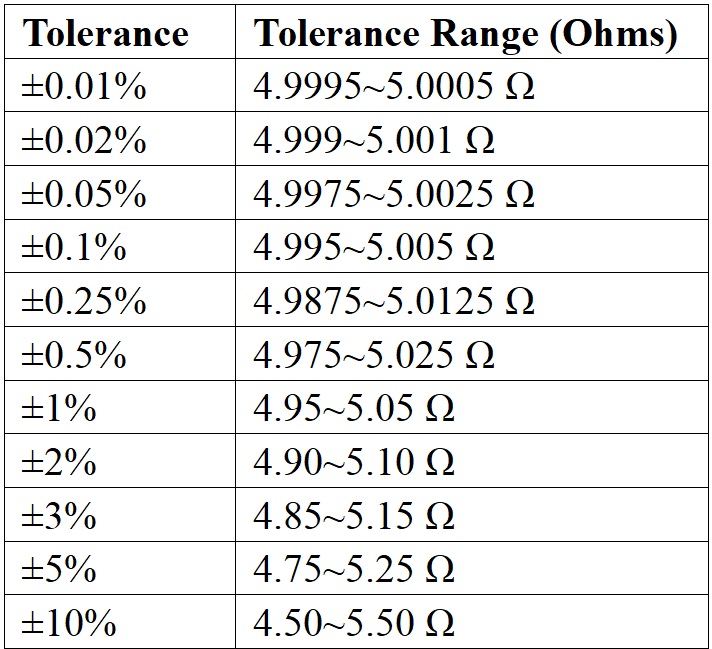
5 Ohm Resistor 5-Band Colour Codes
A 5-band provides more precision by including an additional digit for the resistance value:
Band | Color | Meaning |
1st-Band | Green(5) | First-digit |
2nd-Band | Black(0) | Second-digit |
3rd-Band | Black(0) | Third-digit |
4th-Band | Silver(x0.01) | Multiplier |
5th-Band | Brown(±1%) | Tolerance |
This color code corresponds to the following information:
First-Band (Green): Represents the first-digit of the resistance value, 5.
Second-Band (Black): Represents the second-digit of the resistance value, 0.
Third-Band (Black): Represents the third-digit of the resistance value, 0.
Fourth-Band (Silver): The multiplier is 0.01, meaning the resistance value multiply by 0.01.
Fifth-Band (Brown): Indicates the tolerance, which is ±1%.
So, with the code Green-Black-Black-Silver-Brown, the calculation is: 500 × 0.01 = 5 ohms, Tolerance: ±1%
Power Rating and Application
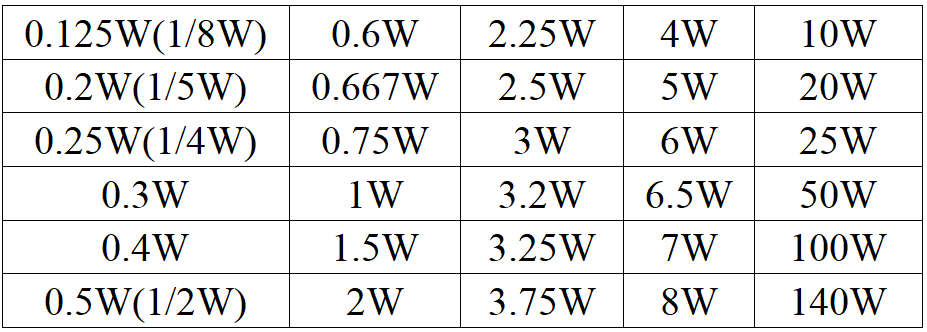
Refers to how much power it can safely dissipate without being damaged. Different applications require different wattage ratings. Common power ratings for 5 ohms include:
5 Ohm 1/2 Watt Resistor
Use for low-power applications, such as signal processing or smaller electronic circuits.
5 Ohm 1 Watt Resistor
Common in devices such as amplifiers, small power supplies, and other medium-power applications.
5 Ohm 2 Watt Resistor
Suitable for applications requiring moderate power dissipation, such as in certain industrial or automotive electronics.
5 Ohm 5 Watt Resistor
Use in higher-power circuits like audio systems or motor controllers.
10 Watt 5 Ohm Resistor
Use in power-hungry systems like large amplifiers or high-powered LED circuits.
5 Ohm 20 Watt Resistor
Can dissipate up to 20 watts of power without overheating. This typically use in medium-power applications such as audio amplifiers, motor control systems, and power supply circuits. The larger power dissipation capacity makes it suitable for circuits that require significant energy management.
Applications: Audio amplifiers, power supplies and mid-power industrial circuits.
5 Ohm 25 Watt Resistor
Ideal for applications that require a steady but relatively high power dissipation, such as power electronics or high-current circuits.
Applications: High-current power supplies, motor controllers and power regulation circuits
5 Ohm 30 Watt Resistor
Design for high-power applications where require greater resistance while dissipating up to 30 watts of energy. This type of resistor commonly use in audio systems and heavy-duty electronics that demand more power handling.
Applications: Audio amplifiers (high-power), large-scale industrial systems, heavy-duty power supplies
5 Ohm 50 Watt Resistor
50W resistor is well-suited for high-power applications and can withstand significant thermal stress. It typically use in industrial power supplies, large motor controls, and other heavy-duty applications that require constant or fluctuating high power dissipation.
Applications: Large industrial machines, heavy-duty power regulation and high-power lighting systems
5 Ohm 100W Resistor
100 watt resistor design for high-power applications, where it can safely dissipate 100 watts of energy. These resistors often find in large-scale power supplies, high-power testing equipment, and other systems where power needs to effectively manage without overheating.
Applications: High-power testing equipment, industrial power distribution systems and large audio amplifiers
5 Ohm 200 Watt Resistor
200 watt is the most powerful in the range, capable of handling massive amounts of power. This type use in extreme power conditions where heat dissipation is a critical factor, such as in power transmission systems, high-power lighting circuits, or as part of industrial machinery.
Applications: Power transmission systems, high-power industrial machines and high-current, high-voltage testing circuits
12V 5 Ohm Resistor
In automotive or 12V systems, a 5 ohm use to regulate current.
Applications Based on Power Rating:
1/2 to 2 watt: Smaller electronic circuits, sensors, audio equipment.
5 to 10 watt: Audio amplifiers, LED arrays, mid-to-high power systems.
20 to 200 watt: Power supplies, motors, industrial control systems.
5 Ohm Resistors in Series and Parallel Circuits
Resistors can connect in series or parallel, and each connection method impacts the overall resistance in different ways. Understanding these connections is necessary when working with 5 ohms, as it allows you to design circuits that meet your specific needs.
5 Ohm Resistors in Series
When resistors connect in series, the total resistance is the sum of the individual resistances. In this configuration, the current flows through each resistor one after the other, so each adds to the total opposition to the current.
The more resistors you add in series, the higher the total resistance becomes.
The current through each component is the same, but the voltage drop across each resistor depends on its resistance.
This configuration commonly use when you need to create a specific resistance value by adding multiple resistors together.
Applications of Resistors in Series:
Voltage dividers, circuits that require a specific resistance by combining multiple resistors and low-power applications where need high resistance.
5 Ohm Resistors in Parallel
When resistors connect in parallel, the total resistance decreases. This is because each resistor provides an alternate path for the current, reducing the overall opposition to the flow of electricity.
The more resistors you add in parallel, the lower the total resistance becomes.
The voltage across each circuit remains the same, but the current divides among the resistors.
This configuration often use when you need to reduce the total resistance or increase the total current in the circuit.
Applications of Resistors in Parallel:
Power distribution circuits, circuits requiring lower resistance values and high-power applications where more current needs to flow.
Practical Examples in Circuits
5 Ohm Resistors in Series:
In a series configuration, you can achieve a higher resistance by adding multiple 5 ohm resistors together. This is useful in applications like voltage dividers, where you need specific resistance values for proper voltage regulation.
5 Ohm Resistors in Parallel:
In a parallel configuration, the total resistance reduce, making it ideal for applications where more current needs to flow through the circuit. For example, 5 ohms resistors in parallel commonly use in power distribution systems, where you want to lower resistance and allow more current to pass through.
Applications of a 5 Ohms Resistor
A 5 Ω resistor is a fundamental component use in a variety of electronic applications. Known for its ability to control current flow, dissipate power, and protect sensitive components from overcurrent. Here are some of its key applications:
1. Audio Amplifiers
In audio amplifier circuits, use to regulate the current flowing to the speakers, ensuring optimal performance while preventing damage as excessive current. It helps maintain a safe current level and can be part of the feedback network that controls amplifier gain to avoid distortion. This is necessary in high-performance audio systems, where maintaining clear sound and protecting components is essential.
2. Motor Control Circuits
Commonly use in DC motor control circuits to limit the current reaching the motor. This prevents overheating and potential damage to the motor windings or other components in the circuit. By controlling the current, the resistor helps maintain efficient motor operation, offering smoother control over motor speed and power consumption.
3. Power Supply Circuits
In power supplies, it helps limit current flow to the rest of the circuit. It acts as a current limiter, ensuring that downstream components don’t receive more current than they rate for. This is especially important in voltage regulation applications, where require stable power output to protect sensitive electronics from power surges and voltage fluctuations.
4. LED Circuits
LEDs are highly sensitive to current, and often place a 5 ohm resistor in series with LEDs to prevent excessive current from damaging them. This resistor helps regulate the current flowing through the LED, ensuring that it operates safely at its intended brightness. This is particularly useful in LED displays, indicator lights, and decorative lighting.
5. Voltage Dividers
Frequently use in voltage divider circuits. By combining them with other resistors, they help set a specific voltage level that require for a circuit’s operation. This commonly see in sensor applications, signal processing circuits, and analog-to-digital conversion systems, where require precise voltage regulation.
6. Circuit Protection
In overcurrent protection circuits, can use to limit the current and prevent damage to sensitive components. In these circuits, the resistor acts as a safeguard, absorbing excess current and ensuring that other components, such as transistors or ICs, do not experience damaging current surges.
7. Signal Conditioning
Use in signal conditioning circuits to adjust the signal's gain or frequency response. This is vital in audio processing, communications, and sensor circuits, where precise control over the signal’s amplitude or frequency is necessary to ensure accurate readings or stable communication.
5 Ohm Variable Resistor
Often referr to as a rheostat, is a type of resistor whose resistance value can adjust manually, typically by turning a knob or sliding a lever. Unlike fixed resistors, the resistance in a variable type can change within a specific range, providing flexibility in controlling the current and voltage in a circuit.
How It Works
A 5 ohm variable resistor consists of a resistive element (usually made of a material like carbon or metal oxide) that connect to a wiper. The wiper slides along the resistive track, changing the effective resistance in the circuit. In the case of a 5 Ω variable, the range of resistance typically varies from 0 ohms (when the wiper is at one end of the resistive track) to 5-ohms (when the wiper is at the other end).
This adjustability allows you to fine-tune the resistance in the circuit, making it ideal for applications requiring precise control over current flow, voltage regulation, and power management.
Common Applications
1. Volume Control in Audio Devices
Commonly use in audio amplifiers and volume control circuits. By adjusting the resistance, you can control the audio signal strength, thus increasing or decreasing the volume output.
2. Brightness Control in Lighting Systems
In lighting applications, can use to control the brightness of lights, especially in low-power applications. By adjusting the resistance, you can change the current flowing through the light bulbs, dimming or brightening the light output.
3. Motor Speed Control
Variable resistors use in motor control circuits to regulate the speed of electric motors. By changing the resistance, you can adjust the current going to the motor, effectively controlling its speed in applications such as fans or small appliances.
4. Calibration and Tuning
In measurement instruments or test equipment, use for calibration and fine-tuning. It allows precise adjustment of circuit parameters such as voltage or current to achieve accurate readings.
5. Voltage Dividers
In voltage divider circuits, 5-ohm variable resistors help set the output voltage by adjusting the resistance ratio between two resistors. This allows for dynamic voltage control in a wide range of electronic devices.
Advantages of a 5 Ohm Variable Resistor
Precision Adjustment: The ability to fine-tune resistance allows for precise control over various electrical parameters.
Versatility: Can use in different applications, from audio systems to industrial machinery.
Cost-Effective: Compared to digital controllers, variable resistors are affordable and easy to use for basic control needs.
Compact Design: The sizes are often small and easy to integrate into circuit boards or handheld devices.
Frequently Asked Questions About Resistor 5 Ohm
Where to buy 5 ohm resistor and price?
Can purchase from various online electronics retailers, including Orwintech Electronics. Local electronics stores also carry them. The price typically ranges from $0.001 to $1.00 per unit, depending on the type, quantity, and specifications such as tolerance, power rating, and material. For bulk orders, prices decrease significantly. Specialized resistors with higher power ratings or precision tolerance can cost more.
What is the current in the 5 ohm resistor?
The current depends on the voltage applied across it. The amount of current flowing through the resistor determine by the electrical potential (voltage) that pushes the electrons through the resistor. In simple terms, the higher-voltage across the resistor, the higher-current that flows through it. However, the 5 ohm resistor limits the amount of current because of its fixed resistance value. The resistor will only allow as much current to pass through as the voltage and the resistance value allow. If the voltage increase, the current increasing accordingly, but if the voltage is low, the current will be limited.
What color is a 5 ohm resistor?
The colors code for a 5-ohm typically depends on its tolerance and type. A common 4-band color code for a 5 ohms is Green (5), Black (0), Gold (0.1 multiplier), and Gold (5% tolerance). In a 5-band code, the colors is Green, Black, Black, Silver (0.01 multiplier), and Brown (1% tolerance). These colour codes represent the resistance value and tolerance, helping identify the resistor’s specifications for proper circuit integration.
Is a 5 ohm resistor commonly available?
Yes, 5 ohm resistors are commonly available and use in a wide range of electronic applications. They can easily find in standard resistor assortments and are available from most online component suppliers, local electronics stores, and hardware stores. As their frequent use in audio equipment, motor control circuits, and power supplies, 5 ohms are typically in stock and can purchase in various forms, such as fixed, variable, and surface-mount designs.
What is the voltage across the 5 ohm resistor?
The voltage across 5-ohm depends on the amount of current flowing through it. In a circuit, the voltage drop across a resistor is the result of it resisting the flow of electrical current. For a 5 ohms, the voltage drop will vary depending on how much current is flowing through it. The higher the current, the greater the voltage drop will be. This voltage is necessary to overcome the resistance and allow current to flow through the circuit. It is important to ensure that the resistor is rated to handle the voltage without overheating or breaking down.
What happens if I use a resistor with the wrong resistance value?
Using a resistor with the wrong resistance value can result in improper circuit performance. If the resistance is too high, it will limit the current excessively, causing the circuit to function incorrectly or fail to power components. If the resistance is too low, it could allow excessive current to flow, potentially damaging sensitive components or causing overheating. Always ensure the resistor value matches the design specifications to prevent circuit failure or reduced functionality.
Can a 5 ohm resistor handle high power?
Can handle high power, but only if it specifically design for high-power applications. The ability of a resistor to handle power depends on its wattage rating, which indicates how much power it can safely dissipate without damage. If apply a high voltage or significant current across a 5 ohm, it can generate heat. If the resistor's power rating is exceeded, it can overheat, potentially causing it to burn out or fail. For high-power applications, a 5 ohm resistor with a higher power rating, such as 10 watts or more, need to ensure safe operation and avoid damage. Always ensure the resistor chosen matches the power requirements of the circuit to avoid overheating issues.
How does temperature affect the resistance of a 5 ohm resistor?
Temperature affects a 5 ohm resistor's resistance as its temperature coefficient. Most resistors exhibit an increase in resistance with temperature. This means that as the temperature rises, the resistance of the resistor will also increase. For metal oxide resistors, the resistance change by about 0.5% per °C for every 10°C increase in temperature. It's important to account for this change in temperature when designing circuits that operate in environments with fluctuating temperatures to avoid inaccurate performance or damage to components.
What are the common applications for a 5 ohm resistor?
Use in a variety of application, such as audio amplifiers for speaker load regulation, motor control circuits to limit current flow, and LED circuits to prevent overcurrent damage. They also find in voltage divider circuits, where need precise voltage regulation. Additionally, they employ in power supply systems to limit current, and in signal conditioning circuits to modify the amplitude or frequency response. The 5 ohm is useful in ensuring proper circuit operation and preventing damage to sensitive components.
Conclusion
The 5 ohm resistor is a key component in many electronic circuits. With its various types, colour code, and power ratings, it serves applications ranging from audio equipment to high-power industrial systems. By understanding its uses, you can select the right 5 ohm resistor for your project, ensuring optimal performance and longevity.
Read More:
1. 47 Ohm Resistor: Color Code, Specifications and Applications
HOT NEWS
The 0402 Resistor: A Comprehensive Guide
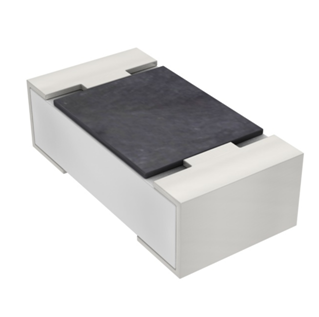
0402 Resistor
2025-05-06
Understanding A 0603 Resistor
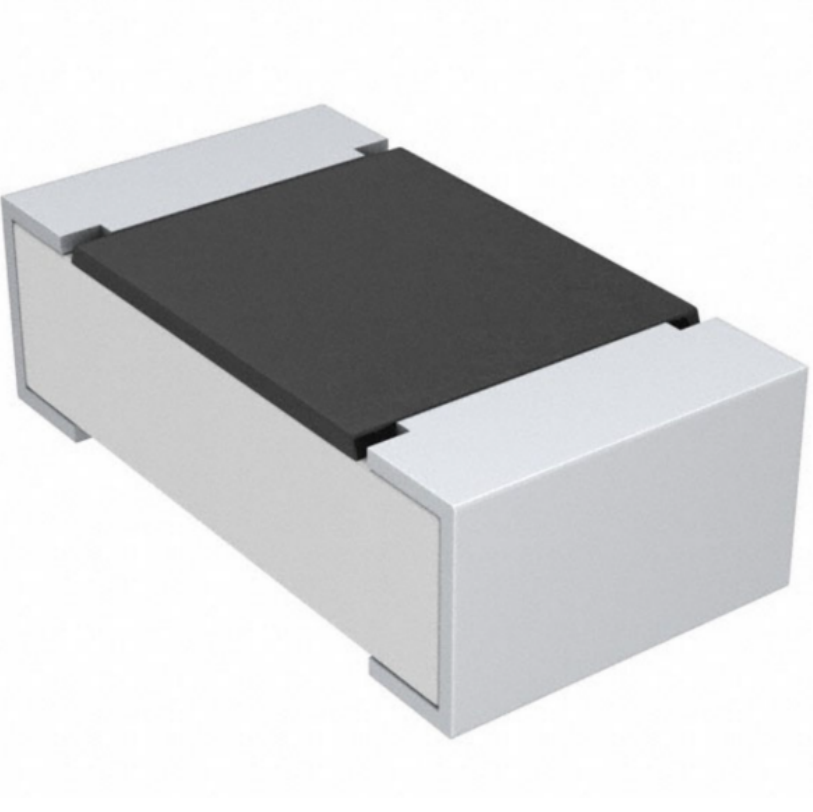
0603 resistor,dimensions,marking code, values
2025-05-29
What is 10k Ohm Resistor?

10k resistor 10k resistor color code
2025-05-14
Everything You Need To Know About ARE1309 Relay

2025-04-23
What Is A 1206 Resistor?
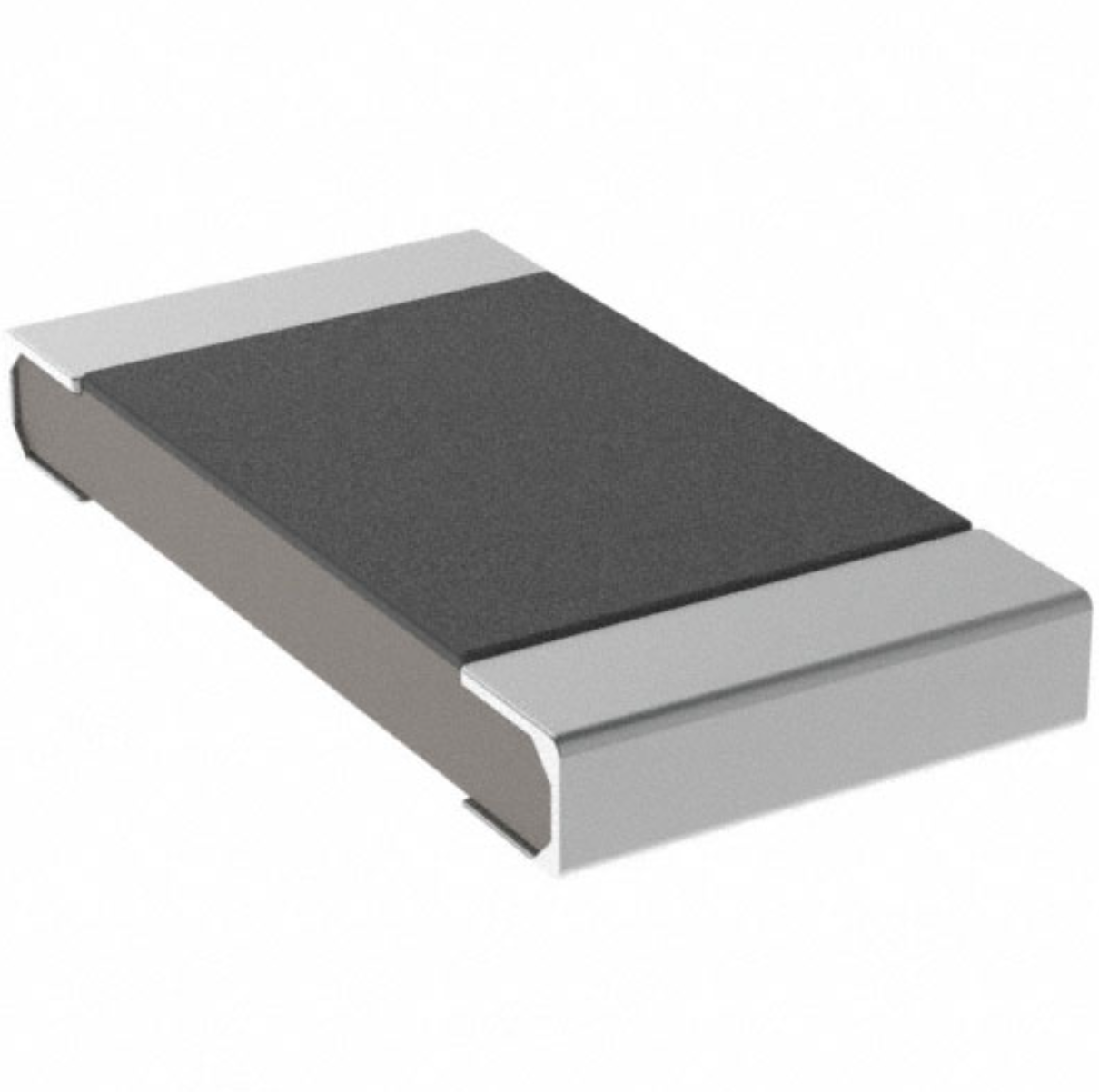
1206 resistor dimensions,footprint,value
2025-06-05
120 Ohm Resistor- Specifications, Applications, and Features
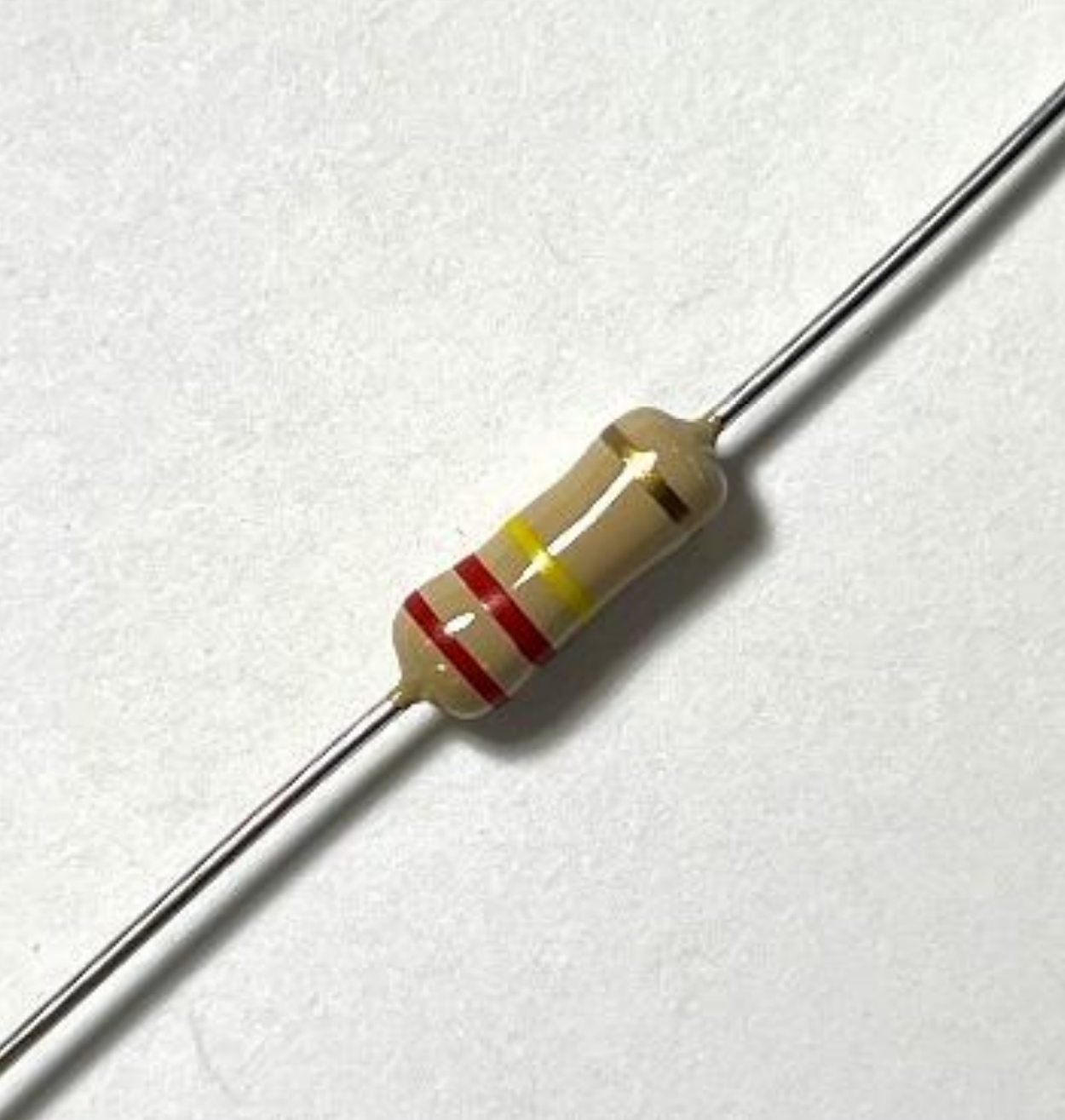
2025-05-12
What Is The 1K Ohm Resistor?
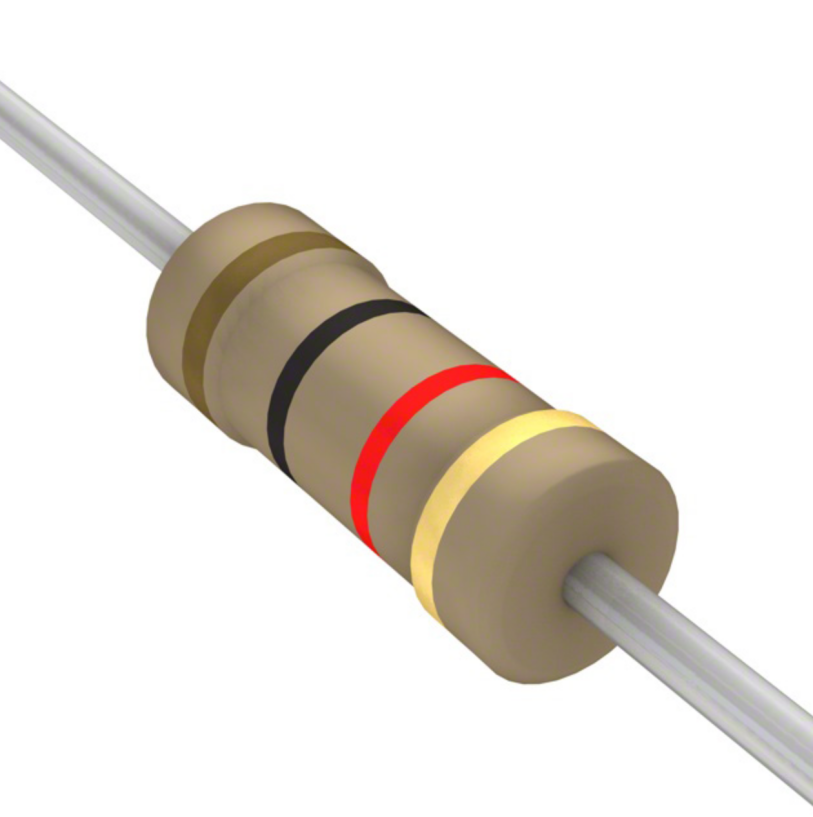
1k ohm resistor and color code
2025-05-21
What is 100 Ohm Resistor And Color Code?
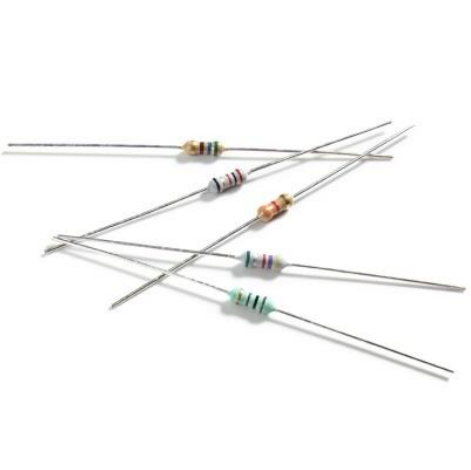
100 ohm resistor color code
2025-05-17
What Is The 0805 Resistor?
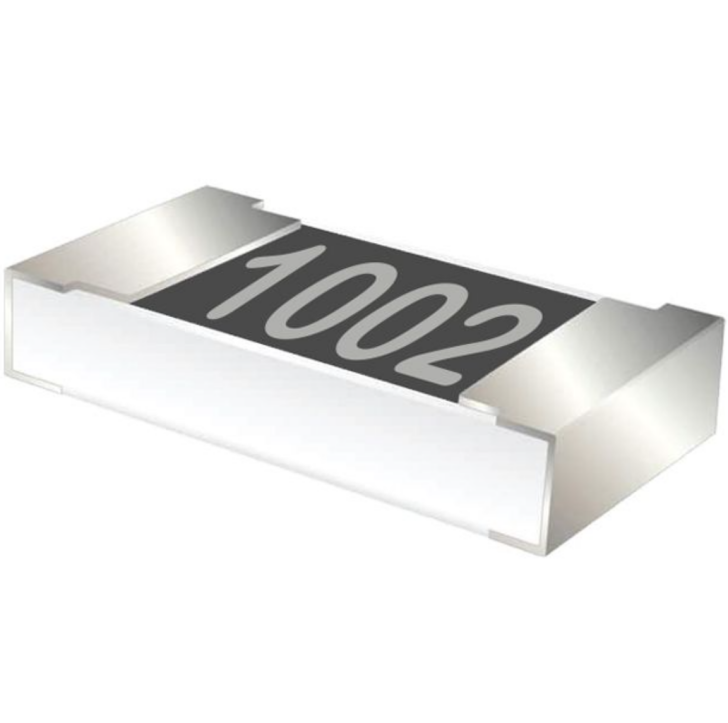
0805 Resistor, dimensions, value, tolerance, footprint
2025-05-31
What Is A 0201 Resistor?
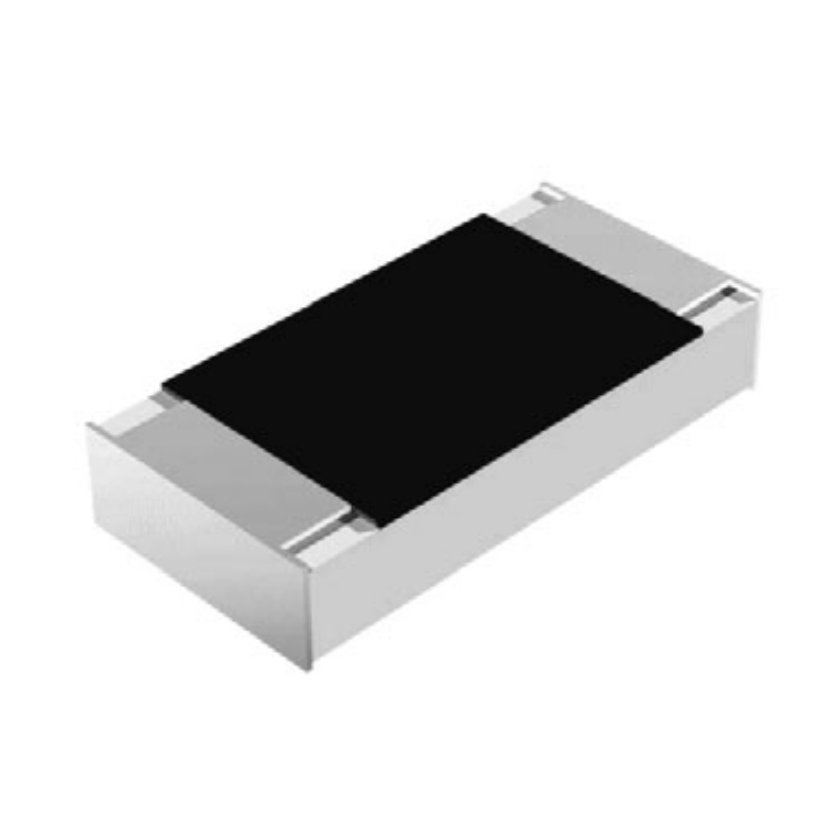
0201 Resistor dimensions, footprint,values
2025-05-24











 Product Catalog
Product Catalog





